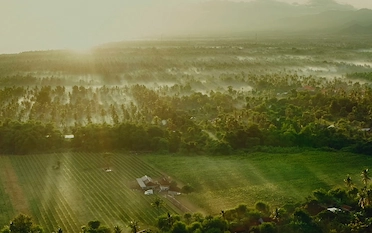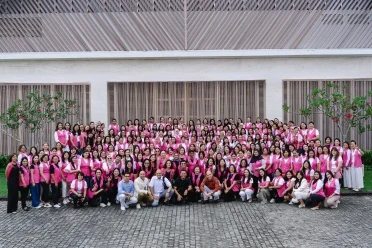The world of Balinese dance is vast and colorful, with countless traditions and stories, each as unique as the culture it represents. Among these vibrant threads, the KECAK Dance of Bali stands out as a remarkable and captivating spectacle. But do you know that this dance was first created for entertainment purposes? Let's find out more.
The Mesmerizing KECAK: A Triumph of Bali's Entertainment and Culture
Origins of the KECAK Dance
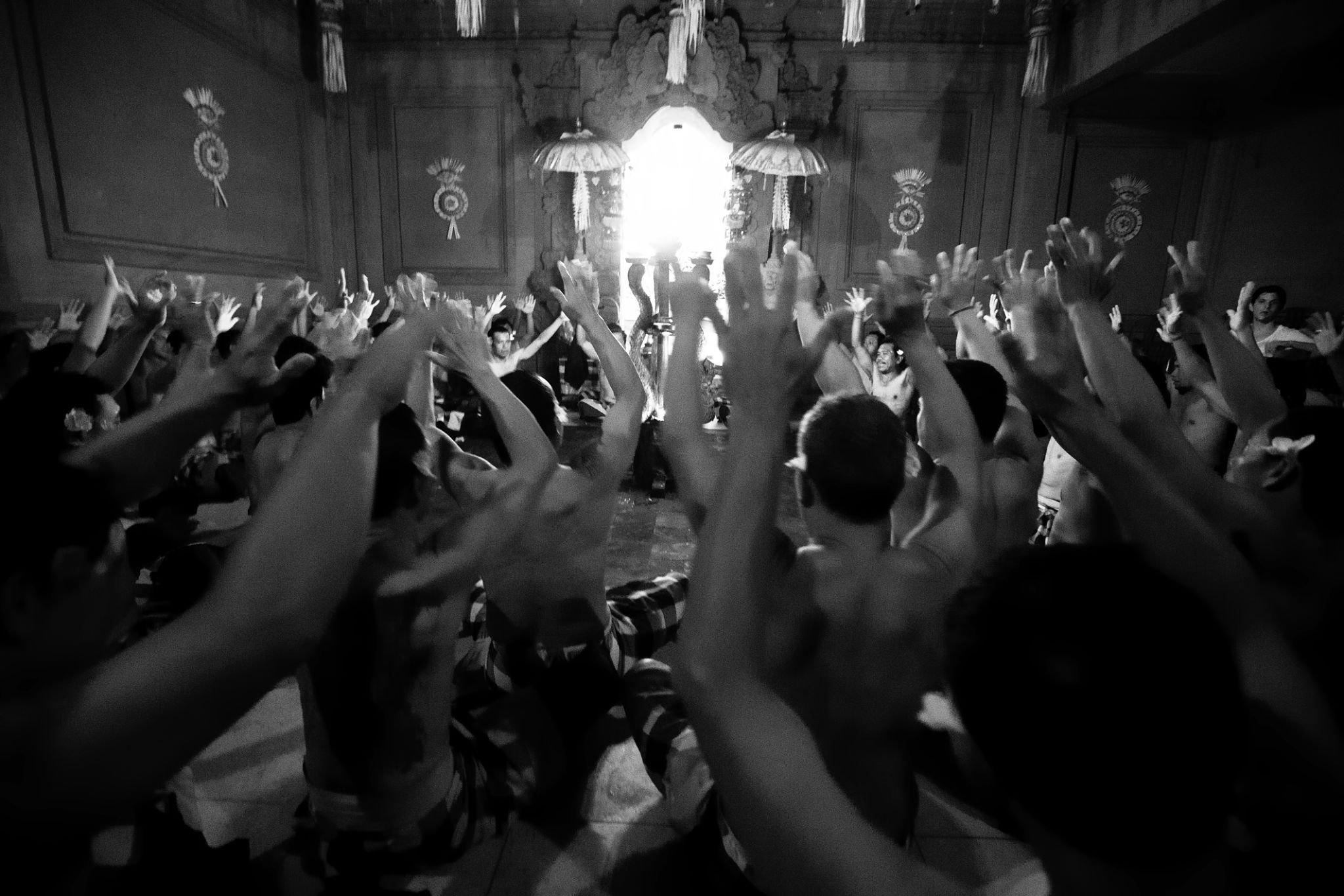
The KECAK Dance, also known as the "Monkey Chant Dance," traces its roots to the enchanting island of Bali in Indonesia. This spellbinding art form was developed in the 1930s by the renowned German painter and musician Walter Spies, in collaboration with Balinese artist Wayan Limbak. What started as an experiment in artistic expression evolved into one of Bali's most cherished and iconic traditions.
A Unique Blend of Theater and Ritual
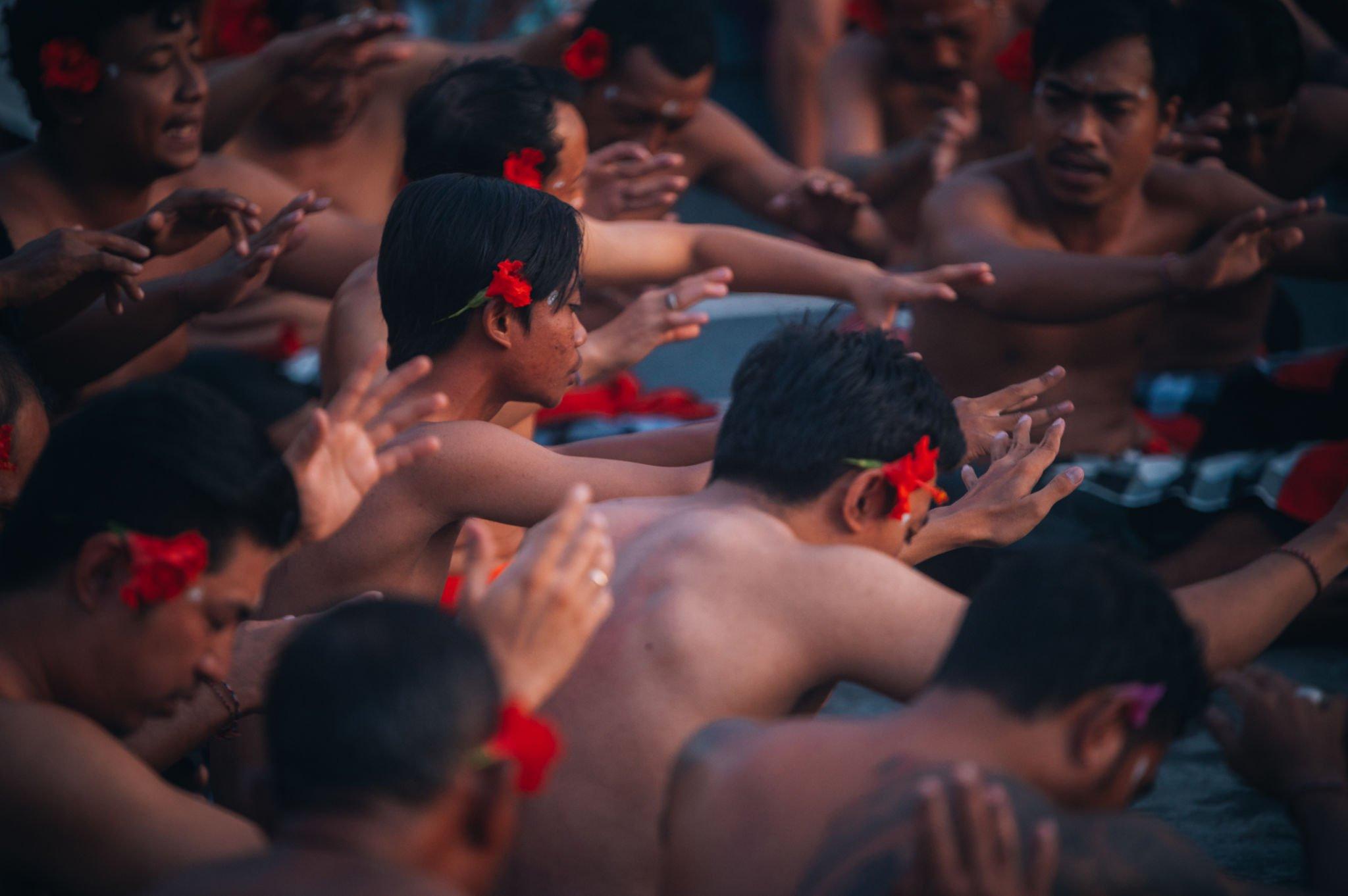
The KECAK Dance is a spectacular blend of theater and ritual, incorporating elements of both Balinese dance and the ancient Balinese ritual of Sanghyang, a form of trance dance. The performance typically features a large ensemble of male dancers, numbering anywhere from 50 to 150, all seated in a concentric circle. They wear traditional Balinese attire, with checkered sarongs and colorful sashes, creating a visual feast for the audience. In addition to the male dancers, there are often a few principal characters in the Kecak Dance performance, typically drawn from the Hindu epic, the Ramayana. These characters include Rama, Sita, Hanuman, Ravana, and others. The dancers portraying these characters play pivotal roles in the storytelling aspect of the performance.
The Heartbeat of the KECAK Dance: The Chants
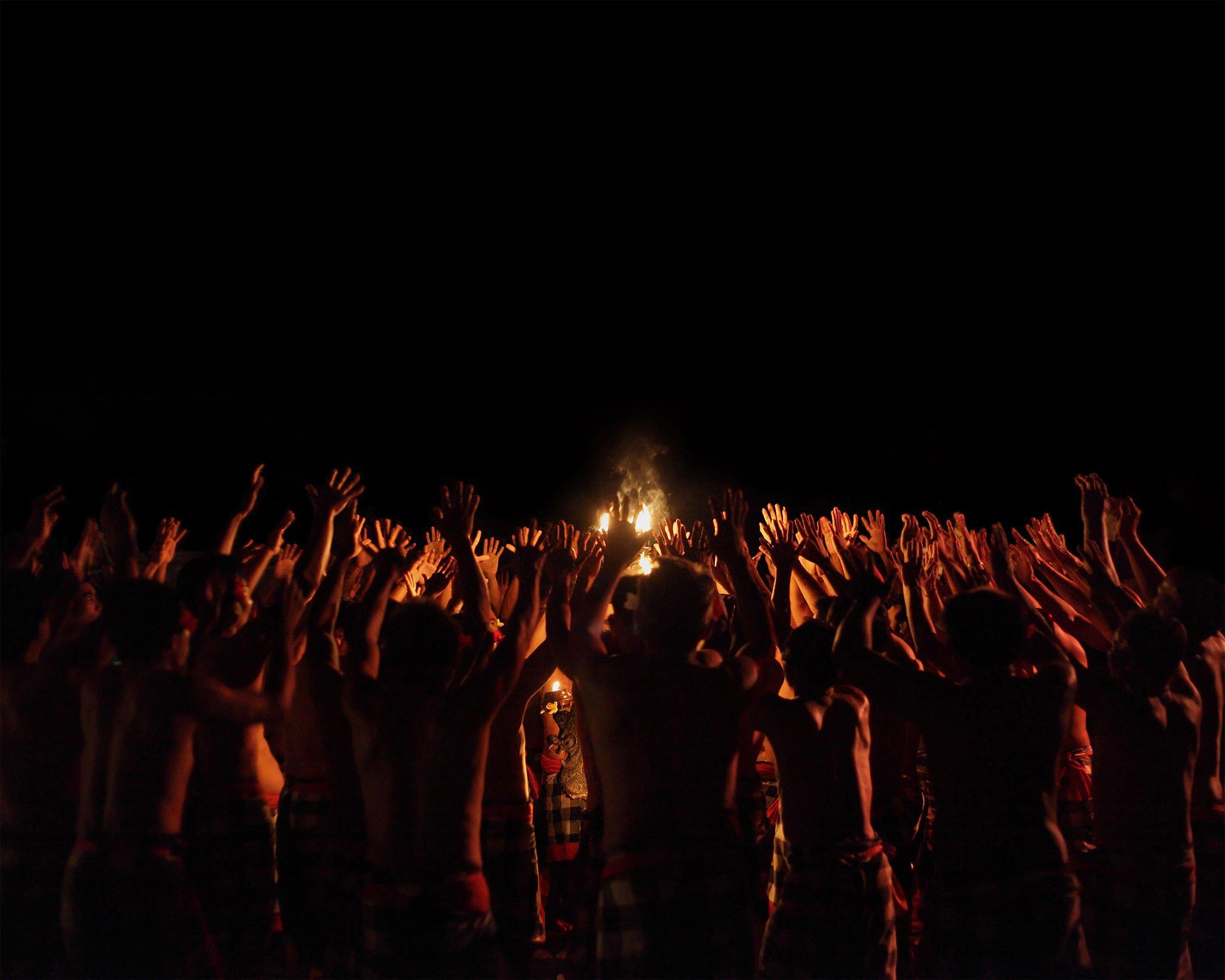
What sets the KECAK Dance apart are the haunting and rhythmic chants that form the backbone of the performance. These chants, often referred to as "CAK," are a mesmerizing blend of voices that mimic the sounds of nature and the monkey-like movements of the dancers. The rhythmic vocalization creates a hypnotic atmosphere, drawing the audience into a trance-like state.
Entertainment with a Cultural Twist
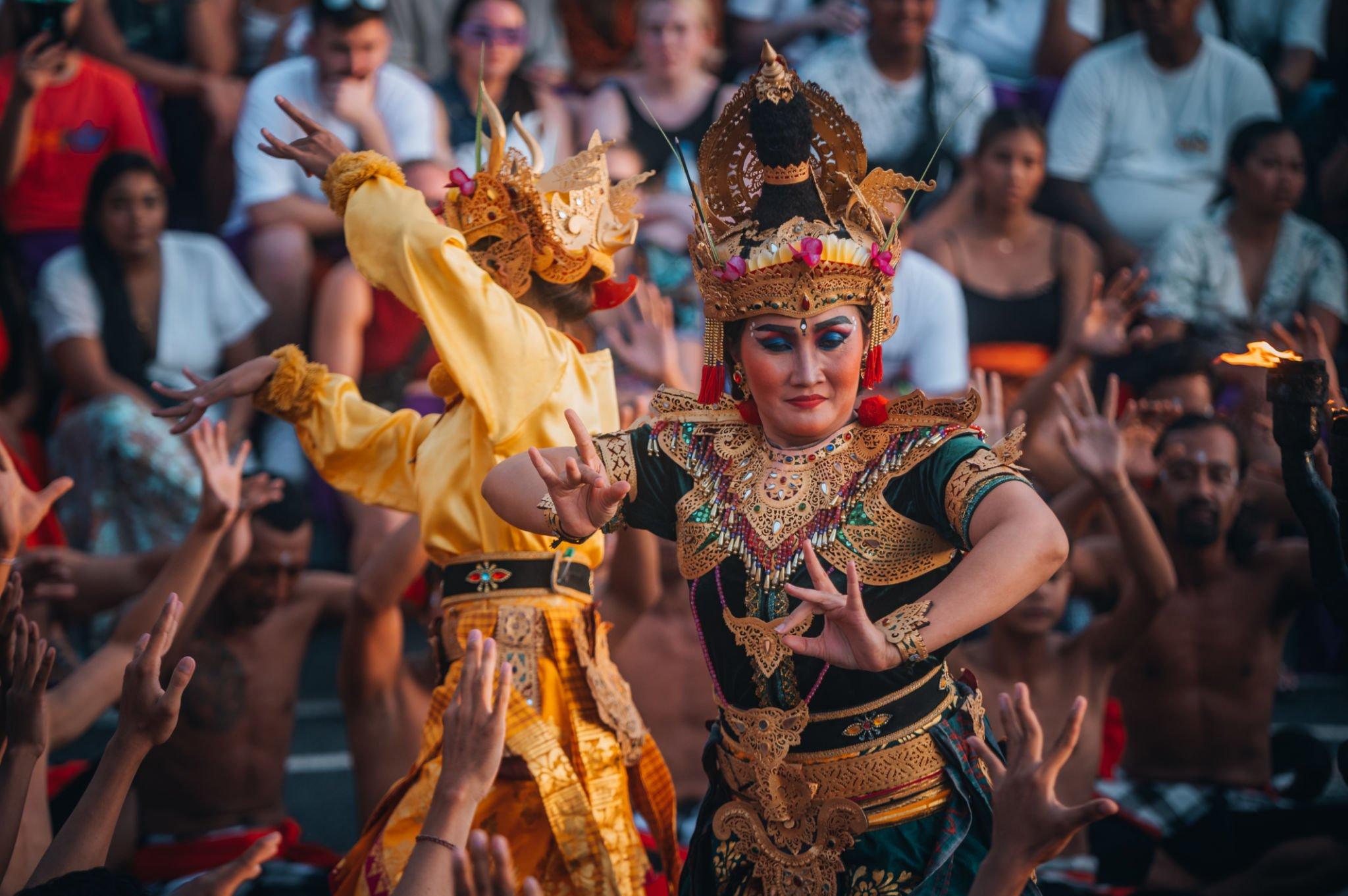
While the KECAK Dance is undoubtedly a captivating spectacle, it is essential to remember that its primary purpose is entertainment. Unlike many traditional dances that are strictly religious or ceremonial, the KECAK Dance was created with the intention of captivating and delighting audiences. It tells stories from the Hindu epic, the Ramayana, with characters like Rama, Sita, Hanuman, and Ravana brought to life through intricate choreography and expressive gestures.
The Power of Storytelling
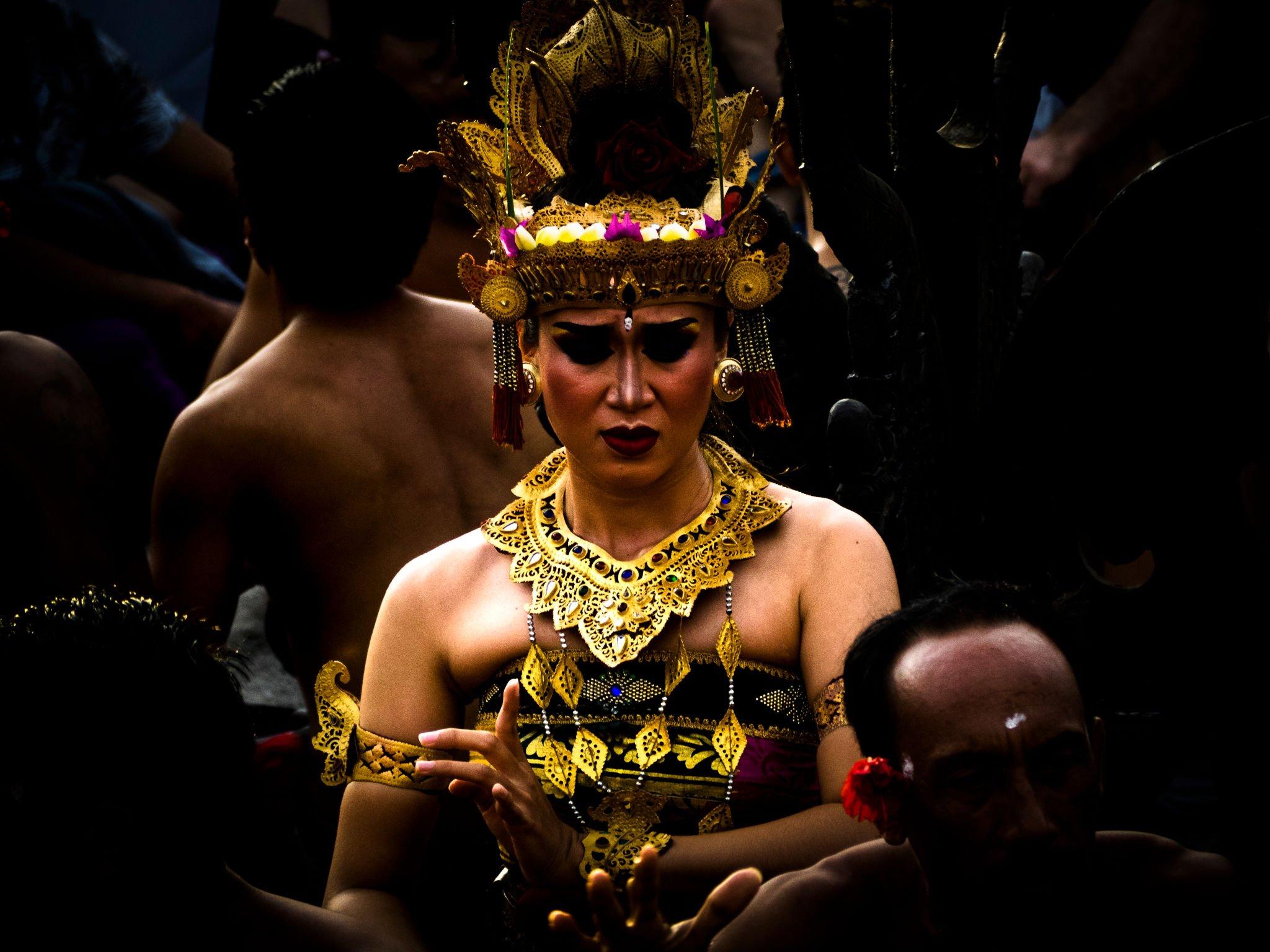
One of the most captivating aspects of the KECAK Dance is its ability to tell complex narratives through movement and song. Each performance is a theatrical journey that transports the audience into the world of gods, demons, and heroes. The dancers' expressions, coupled with the rhythmic chants, effectively convey emotions and create a rich tapestry of storytelling.
Iconic Kecak Spot
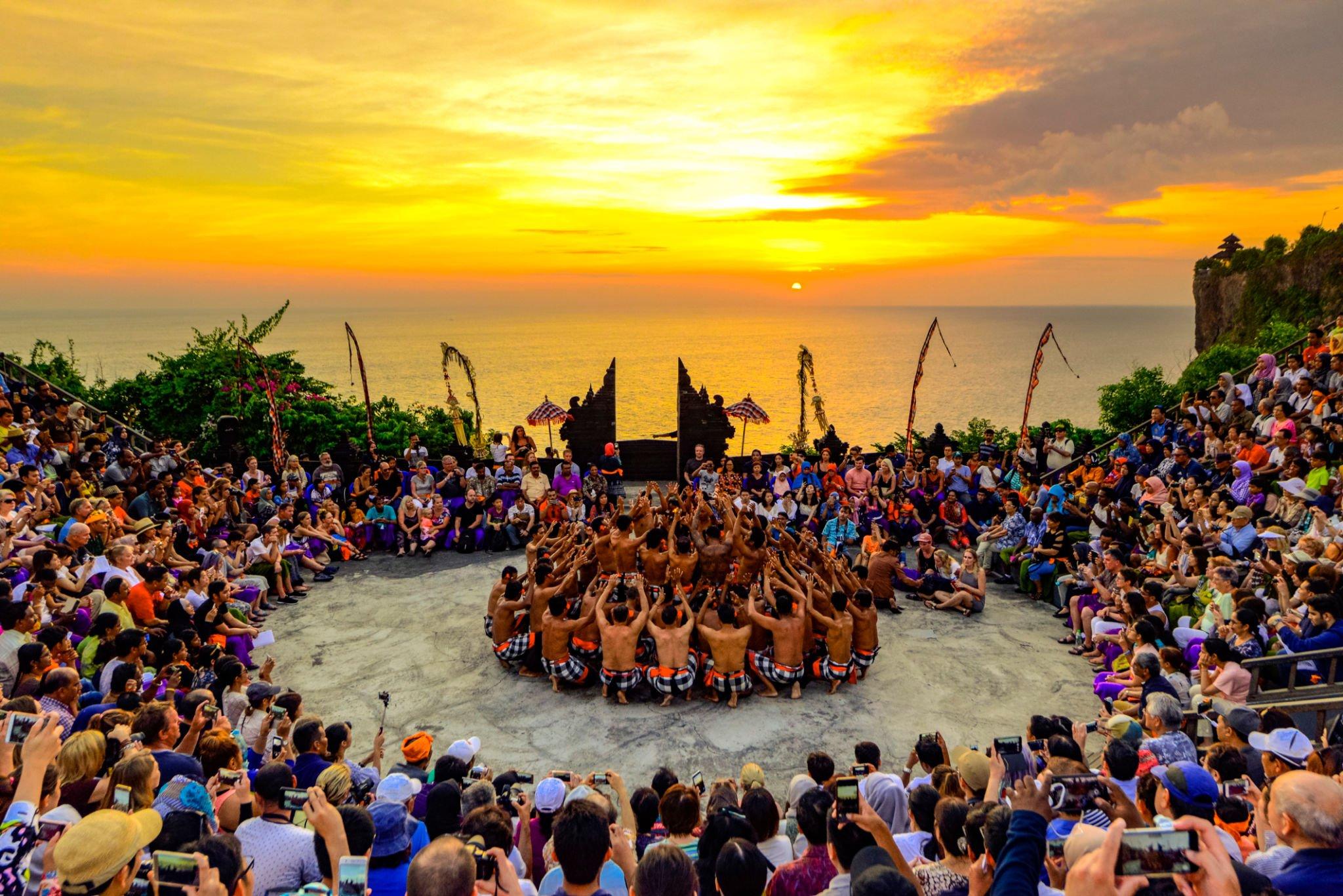
One of the most iconic venues for the Kecak Dance is the Uluwatu Cliff Temple, perched dramatically on the southwestern cliffs of Bali. This stunning location provides a breathtaking backdrop for the performance as the sun dips below the horizon, casting a golden glow over the Indian Ocean. The Uluwatu Temple routinely hosts Kecak Dance shows, often in the late afternoon or early evening, creating a magical atmosphere where ancient Balinese traditions come to life against the backdrop of nature's grandeur. It's a must-visit destination for those seeking to immerse themselves in the rich cultural tapestry of Bali.
Preserving Tradition through Entertainment
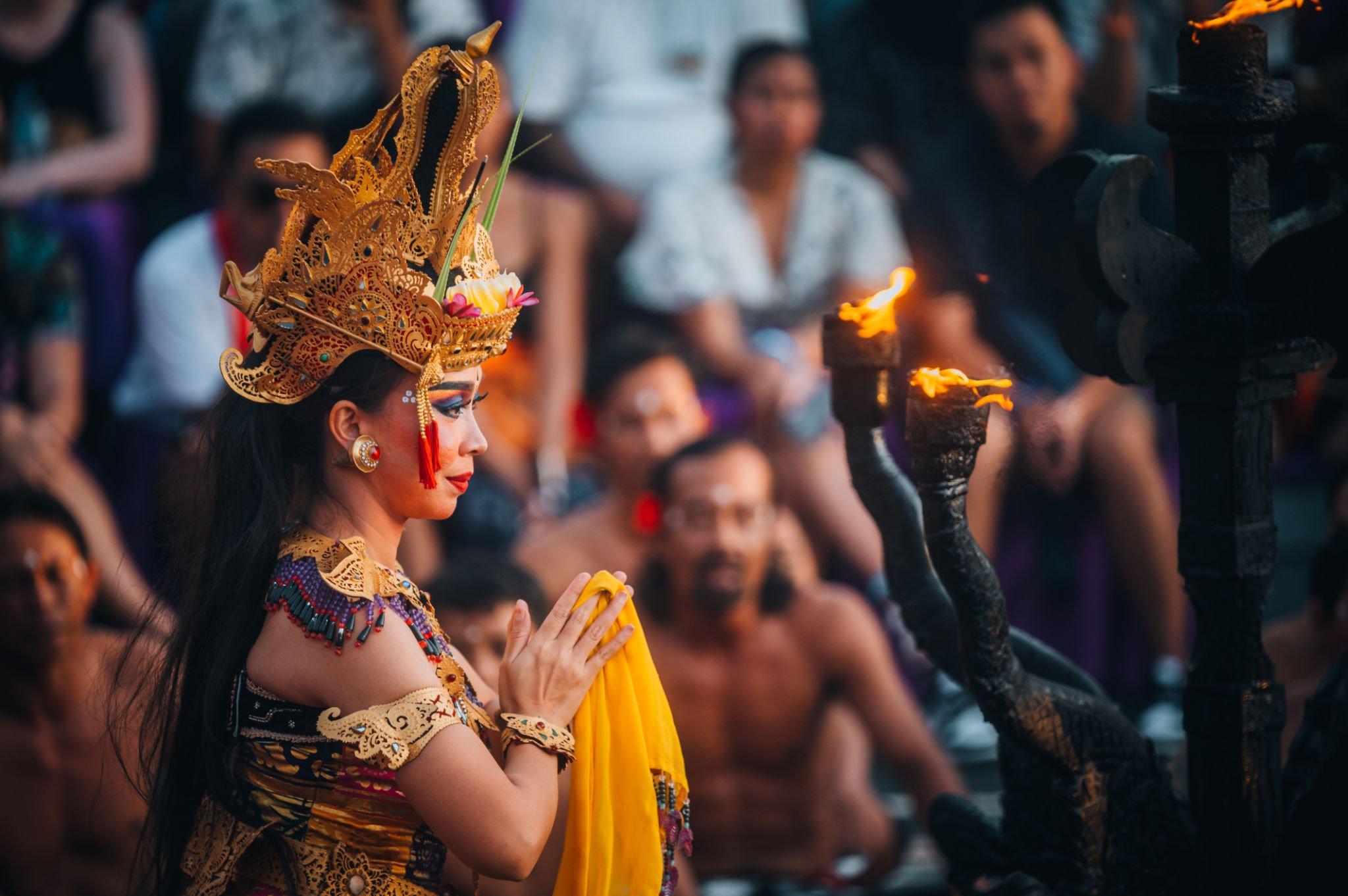
While the KECAK Dance is undoubtedly a form of entertainment, it also plays a crucial role in preserving and passing down Balinese culture to future generations. Through the dance's continued popularity, Balinese traditions, stories, and artistry are kept alive, ensuring that the island's rich heritage thrives in the modern world.
Read Also Where to Enjoy Balinese Dances in Bali



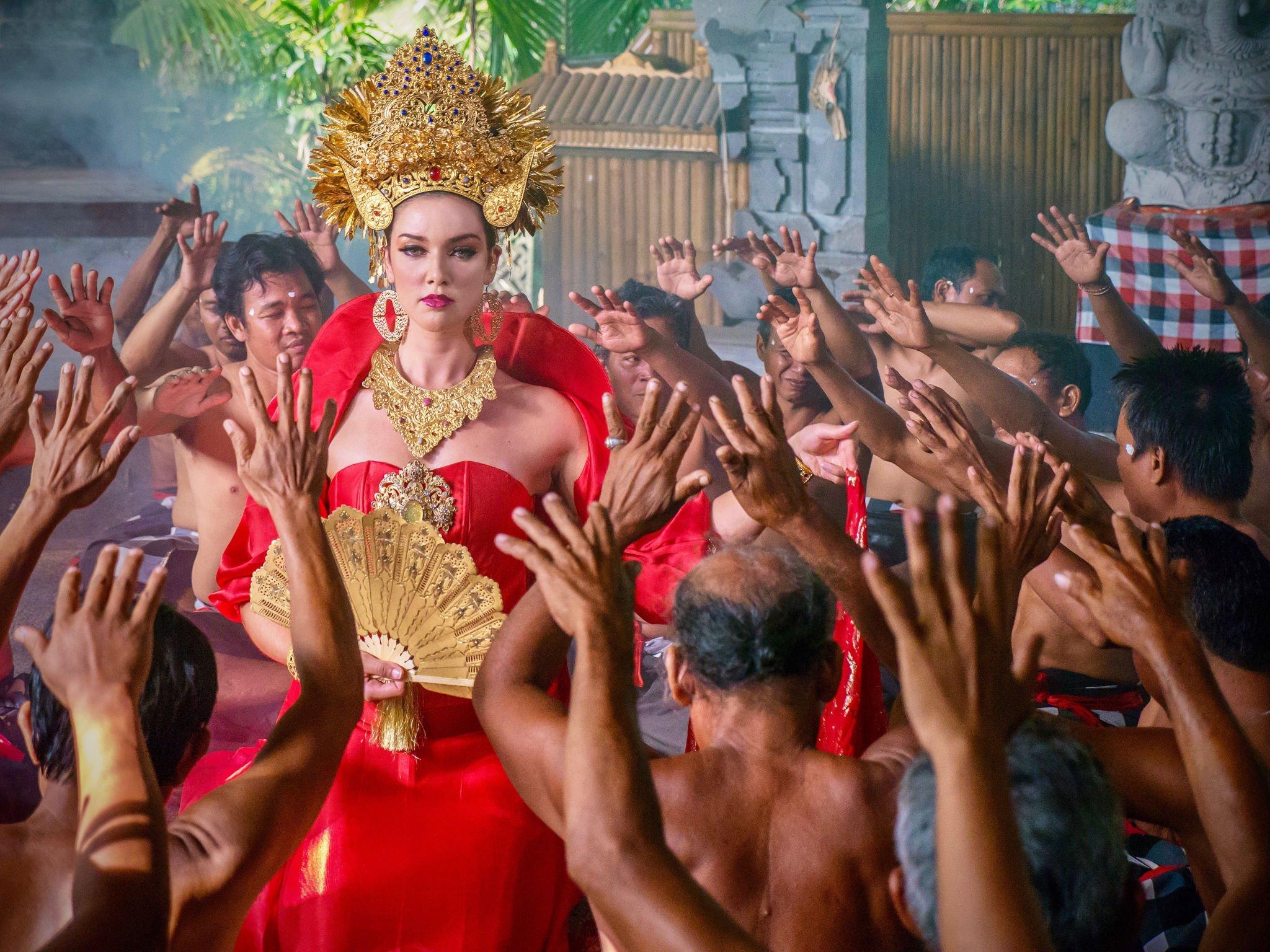
 Billy Bagus
Billy Bagus
 Sep 08, 2023
Sep 08, 2023





